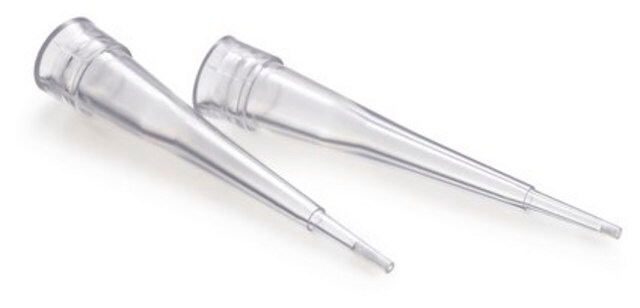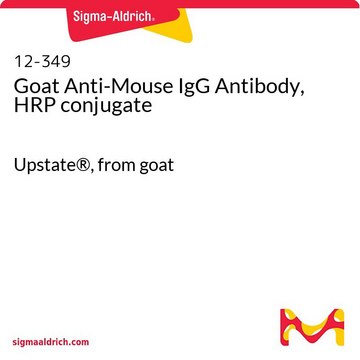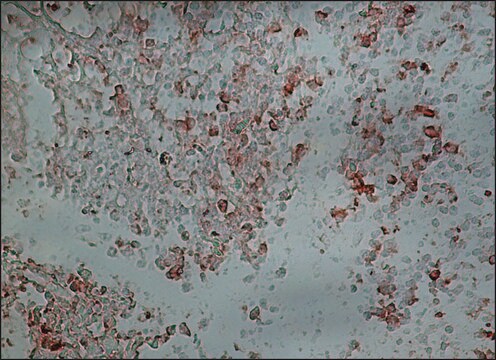A5906
Anti-Mouse IgG (whole molecule)–Peroxidase antibody produced in sheep
affinity isolated antibody, buffered aqueous solution
Sinonimo/i:
SAM
About This Item
Prodotti consigliati
Origine biologica
sheep
Coniugato
peroxidase conjugate
Forma dell’anticorpo
affinity isolated antibody
Tipo di anticorpo
secondary antibodies
Clone
polyclonal
Forma fisica
buffered aqueous solution
tecniche
direct ELISA: 1:10,000
Condizioni di spedizione
dry ice
Temperatura di conservazione
−20°C
modifica post-traduzionali bersaglio
unmodified
Cerchi prodotti simili? Visita Guida al confronto tra prodotti
Descrizione generale
Horseradish Peroxidase (HRP) is an enzyme that catalyzes the conversion of chromogenic substrates such as o-phenylenediamine (OPD), 4-chloro-1-naphthol 3,3′,5,5′-tetramethylbenzidine (TMB), 3,3′-Diaminobenzidine (DAB) or 2,2′-azino-bis(3-ethylbenzothiazoline-6-sulphonic acid) (ABTS); chemiluminescent substrates such as CPS-3 (enhanced luminal) and fluorogenic substrates such as Ampliflu™ Red into detectable chromophores, light-emitters or fluorescers, respectively.
Immunogeno
Applicazioni
Stato fisico
Nota sulla preparazione
Note legali
Esclusione di responsabilità
Non trovi il prodotto giusto?
Prova il nostro Motore di ricerca dei prodotti.
Avvertenze
Warning
Indicazioni di pericolo
Consigli di prudenza
Classi di pericolo
Aquatic Chronic 2 - Eye Irrit. 2 - Skin Irrit. 2 - Skin Sens. 1
Codice della classe di stoccaggio
12 - Non Combustible Liquids
Classe di pericolosità dell'acqua (WGK)
WGK 3
Punto d’infiammabilità (°F)
Not applicable
Punto d’infiammabilità (°C)
Not applicable
Certificati d'analisi (COA)
Cerca il Certificati d'analisi (COA) digitando il numero di lotto/batch corrispondente. I numeri di lotto o di batch sono stampati sull'etichetta dei prodotti dopo la parola ‘Lotto’ o ‘Batch’.
Possiedi già questo prodotto?
I documenti relativi ai prodotti acquistati recentemente sono disponibili nell’Archivio dei documenti.
I clienti hanno visto anche
Il team dei nostri ricercatori vanta grande esperienza in tutte le aree della ricerca quali Life Science, scienza dei materiali, sintesi chimica, cromatografia, discipline analitiche, ecc..
Contatta l'Assistenza Tecnica.

















